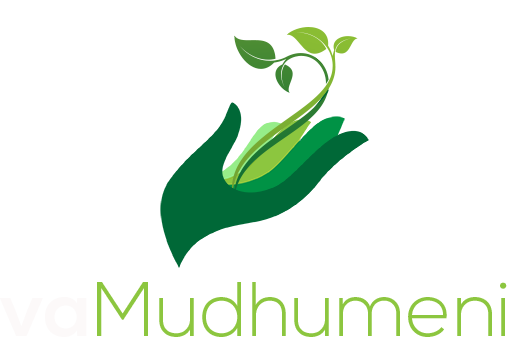By Lynette Simango
A good goat breed gives a farmer peace of mind because it has most traits that result in maximization of revenue and/ reduction of costs. The question most aspiring goat farmers ask is what does a good breed look like or how can you tell this is a good breed? When it comes to animal production, farmers focus mainly on a breed that has high growth rate, disease resistant, increased survival rates among other desired traits. A South African Goat production handbook articulates this well when it classifies goats breeds into 3 categories- indigenous, meat and milk breed. Under the indigenous is where Zimbabwe’s own Mashona and Matebele falls, the most common breeds in Zimbabwe. The meat breeds consist of Boer, Kalahari and Savanna goats of course, and lastly under the milk category there is the Saanen. Understandably, it’s very difficult for an aspiring goat farmer to categorise these breeds if they are not able to match the names to appearance and general characteristics. Because milk breeds are not that popular in Zimbabwe, we will zoom in on the following breeds- the common indigenous and uprising boer and kalahari breed.
Having classified the Kalahari and Boer under meat breeds, it has shown how they are the best breed for meat production but as they say numbers don’t lie so shall we use these numbers to prove this and determine if they are really the important breed to focus on. In an era where people are becoming more health conscious, the demand for goat meat ( chevon) has outweighed its supply. Thus said, there is need to thoroughly examine the traits of Kalahari and Boer breeds so that one makes an informed decision before they start. Some research studies have seen little difference between Kalahari and Boer breeds in terms of birth and weaning weight and mass of both female and male goats for example mass for a mature female Kalahari goat can go up to 75kg, with Boer goat ranging between 51-81kg. The phenotypic distinction has Boer goats with white in colour and red head while Kalahari is purely red in color. These breeds can survive in all climate conditions. Adding on to that they are less susceptible to internal parasites. Incredibly, Boer goats offer a carcass that’s generally lean with low cholesterol. These are what makes the meat breed.
On the other hand we have the most common goat breed, indigenous breed. Their coat color can be black, white, brown and any color combination and they have birth weight half that of either Kalahari or Boer. Whilst a Boer goat has a weaning weight of 24.9 on average, indigenous goat can only get as far as 12-15kg. The mature mass for indeginous goats rarely exceed 50kg.
However this doesn’t necessarily mean we should discard the indigenous breed as they are ways to help improve their traits and this can be done through cross breeding. Having said this, it’s very important for a farmer to buy goat breeds from reputable goat breeders, where they have proper records. This is to avoid buying an F1 or F2 cross breed under the disguise that one is buying a pure breed.
#VaMudhumeni #Helpingfarmersgrow #Goatbreeding

